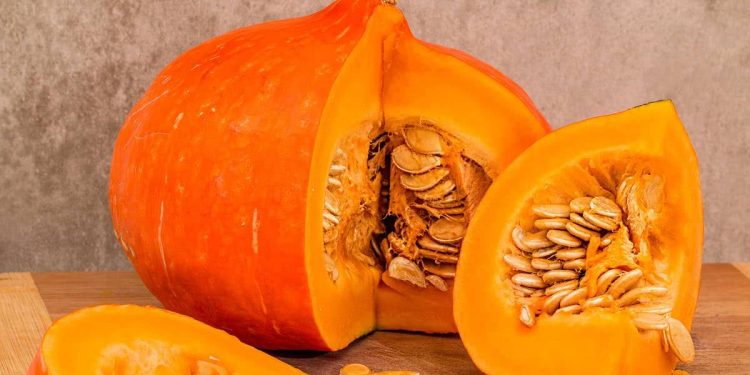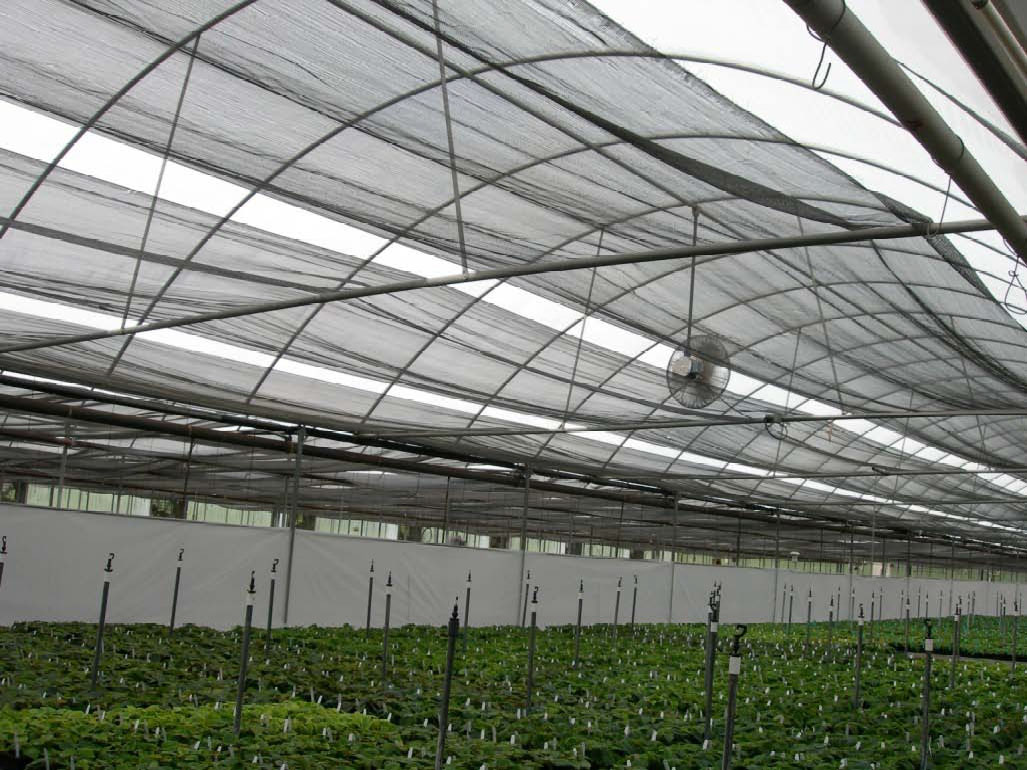Pumpkins are a beloved fall crop that can be used for a variety of purposes, from carving Jack-o-lanterns to making pies and other delicious dishes. In this article, we’ll explore the best practices for growing pumpkins, including selecting the right variety, preparing the soil, planting and caring for your pumpkin plants, and harvesting your crop.
According to the University of Illinois Extension, pumpkins prefer warm soil temperatures, so it’s important to wait until the soil has warmed up before planting. Ideally, soil temperatures should be between 70-95°F. Pumpkin plants need plenty of space to grow, so it’s important to plant them at least 4-6 feet apart, depending on the variety. When it comes to watering, pumpkins need plenty of moisture, but it’s important not to overwater them, as this can lead to disease.
In terms of pests and diseases, pumpkin plants are susceptible to a number of common pests, including squash bugs and cucumber beetles. To prevent these pests, it’s important to keep your garden clean and free of debris, and to rotate your crops to prevent disease from building up in the soil. You can also use insecticidal soap or neem oil to control pests.
Harvesting your pumpkins is a crucial step in the process, as they need to be harvested at just the right time to ensure they’re ripe and flavorful. To test whether your pumpkins are ready to harvest, tap them lightly with your finger. If they sound hollow, they’re ready to be picked. Be sure to cut the stem about 2-3 inches above the pumpkin to prevent them from rotting.
In conclusion, growing pumpkins can be a fun and rewarding experience, and by following these tips and tricks, you can ensure a bountiful harvest of delicious and beautiful pumpkins.
#pumpkins #agriculture #farming #gardening #harvesting #cropmanagement #pestmanagement #soilmanagement












